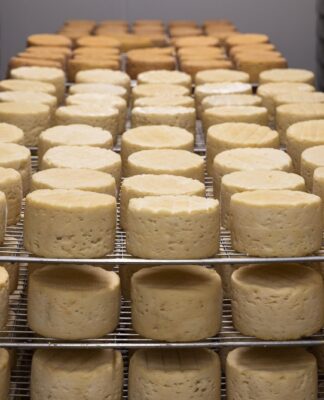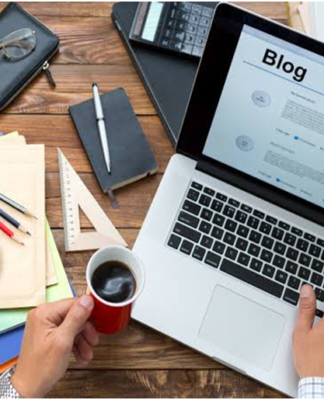Currently, the global 3D printing industry is worth around $10.8 billion, a figure set to rise to almost $20 billion by 2025. However, many people struggle with 3D printing and the mistakes they make can be profound.
Do you want to harness the full potential of your 3D printer? Do you want to avoid potentially messy and costly mistakes and instead maximize the return on your investment?
If so, then read on for our top 6 common 3D printing mistakes and how to avoid them.
Common 3D Printing Mistakes
One of the most common 3D printing mistakes people make in 3D printing is not properly preparing their design files. This can lead to warped or failed prints, and in some cases, can even damage your 3D printer.
Always check your design files for errors before printing them.
Not Setting Your 3D Printer’s Bed Level
Another common mistake is not setting your 3D printer’s bed level correctly. This can cause the first layer of your print to be warped or uneven, which will ruin the rest of the print.
The easiest way to avoid this is to follow the leveling instructions and 3D printer features that came with your 3D printer.
Not Using the Right Type of Filament
Each filament has different properties, so using the wrong one can cause your print to be weak, brittle, or even melted.
Use the filament that is best suited for your project. Be sure to do your research to learn more.
Not Using Supports Correctly
If your object has any overhanging parts, you’ll need to use supports to prop them up during the print. However, if you don’t use the right type or amount of support, your print can fail.
Without support, these parts of the print can collapse and ruin the entire print. Be sure to use supports when printing with complex geometries and your 3D printing material to ensure a successful print.
Wrong Infill Density
Infill is the inside of the print that is not visible from the outside. If the infill density is too low, the print will be weak and fragile. If the infill density is too high, the print will be unnecessarily heavy and use more material than necessary.
The best way to avoid this mistake is to experiment with different infill densities and find the right balance for your print.
Not Properly Calibrating the Printer
Last but not the least, not properly calibrating the printer. It can lead to prints that are either too small or too large.
In order to get the best prints possible, you’ll need to fine-tune your filament settings. Usually, you can get good prints just by using the settings recommended by the filament manufacturer.
Avoid These Common Mistakes
Make sure you follow the tips mentioned in this article. Avoiding the common 3D printing mistakes will help you have a smooth sailing experience when 3D Printing.
Are you ready to create your own design using 3D printing? Take a look at our wide variety of products, and let us know if you have any questions. We want to help you create your very own masterpiece today!















